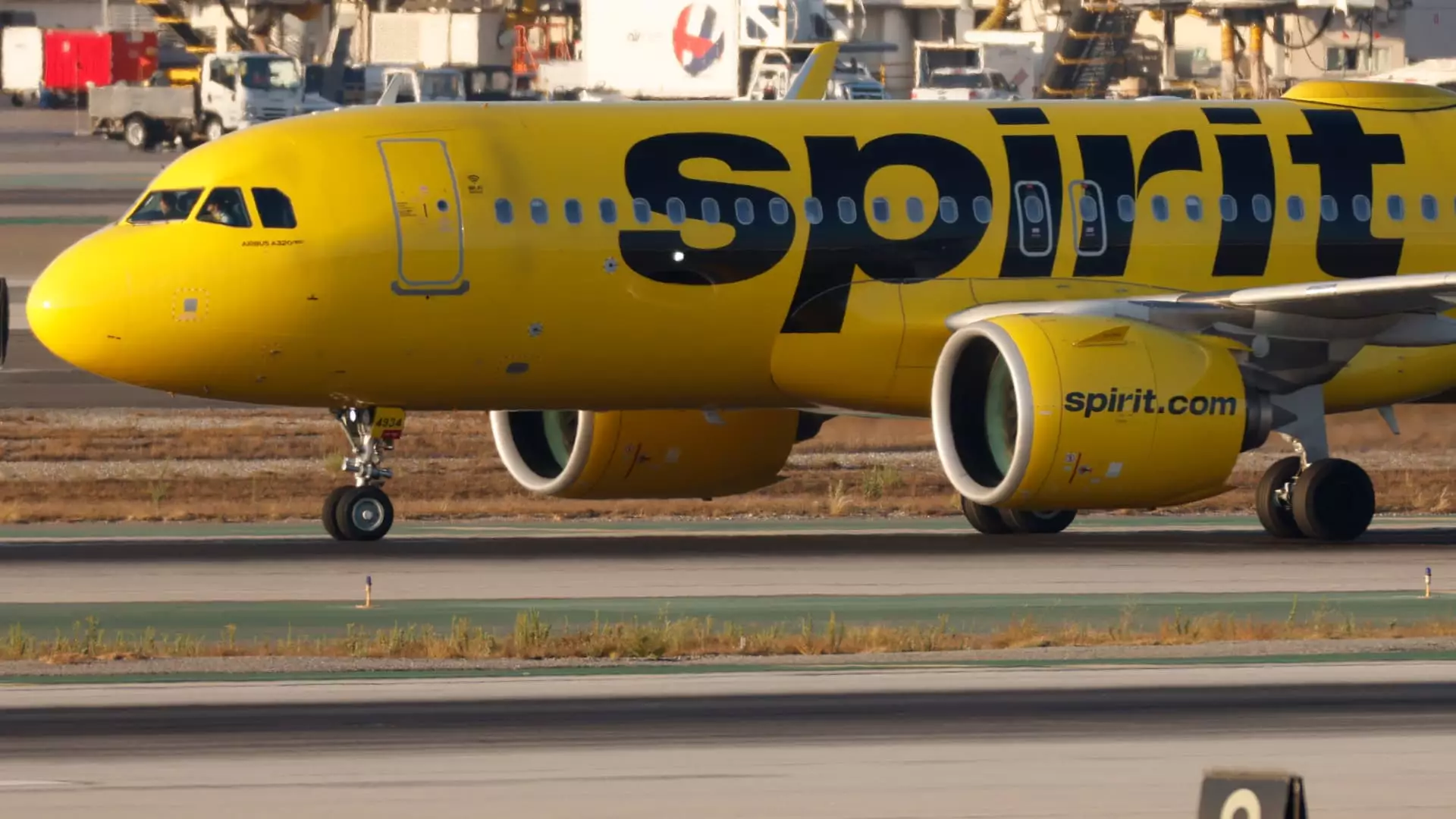Spirit Airlines, often seen as the underdog in the fiercely competitive airline industry, has officially emerged from bankruptcy, invigorating its vision for the future. This revitalization comes after years of financial turmoil and operational challenges that have plagued the low-cost carrier. CEO Ted Christie claims that Spirit has sharpened its operational efficiency and is ready to challenge the giants of the industry, such as Southwest Airlines. Bouncing back is no easy feat, especially considering Southwest’s recent shock announcement—that it will charge for checked bags for the first time in its 50-year history. This drastic move signals a shift not only for Southwest but also for the entire industry, opening doors for Spirit to leverage an opportunity that many would have deemed impossible just a year ago.
Southwest’s Shift: A Double-Edged Sword
For decades, Southwest Airlines has prided itself on being the airline that offers two free checked bags, catering to budget-conscious travelers seeking simplicity and savings. This policy has remained almost untouchable through various economic crises, such as rising fuel prices and recessions. However, the decision to start charging for checked bags marks a pivotal moment that could potentially alter customer perceptions. While this move may stem from financial necessity, it also represents a risk that could alienate loyal customers who have appreciated the simplicity of Southwest’s fare structure. CEO Christie pointedly remarked that changing customer preferences might yield new opportunities for Spirit to capture market share.
Spirit’s Unique Strategy: The Price of Freedom
Unlike its competitors, Spirit Airlines has taken a different approach to pricing with its a la carte model. Instead of offering all-inclusive fares, Spirit provides the freedom for customers to tailor their travel expenses, albeit sometimes at the cost of (to many) unnecessary hidden fees. As Southwest starts to imitate aspects of this practice by introducing fees for checked bags—previously a hallmark of low-cost carriers—Spirit may find a window of opportunity to attract Southwest’s customer base. The targeted marketing of bundled ticket offerings could help Spirit in making its proposition appealing to customers who might find the new Southwest pricing structure disillusioning.
Market Positioning: The Competitive Landscape
While Spirit Airlines remains smaller than Southwest, it directly competes in several key markets where price sensitivity plays a significant role in consumer decisions. Cities like Nashville, Kansas City, and Columbus could become battlegrounds for market share as Southwest’s bag fees create ripples of dissent among flyers. If Spirit positions itself effectively and capitalizes on Southwest’s potential missteps, the low-cost carrier could enhance its visibility in ticket comparison searches on platforms like Expedia. Given the current landscape where major airlines are grappling with customer apprehension, Spirit’s attempt to charm these “disillusioned” travelers might not be as far-fetched as it sounds.
Financial Recovery: A Journey of Transformation
Spirit’s recovery from a staggering net loss of over $1.2 billion last year, more than double what it faced in previous years, has required rigorous restructuring efforts. The airline has successfully reduced its debt load by approximately $795 million. This financial acumen is crucial not only for immediate recovery but also for long-term strategic planning. Moreover, Spirit’s audacious refusal to merge with Frontier Airlines substantiates its commitment to standing firm on its own. The availability of new equity funds freshens its ambition for expansion, even as the company remains cautious about potential mergers or acquisitions.
The Road Ahead: Opportunities and Challenges
As airlines continue to jockey for position in a recovering post-pandemic market, Spirit Airlines stands at a crossroads. It must navigate the intricate balance between providing value to price-sensitive customers while managing operational costs and expectations. As the competitive dynamics continue to evolve, the strategies employed by both Spirit and Southwest will determine who claims the lion’s share of the budget travel market. However, the stakes have never been higher for Spirit as it seeks stability and growth after emerging from bankruptcy, setting the stage for an invigorating showdown in the skies. The next few quarters will be critical as they begin to implement their new strategies, and as they say in the business, “the skies may not always be friendly.”


Leave a Reply